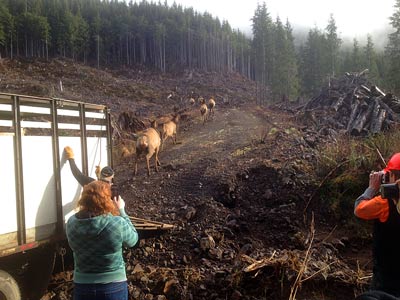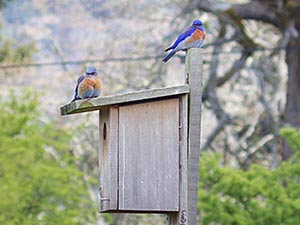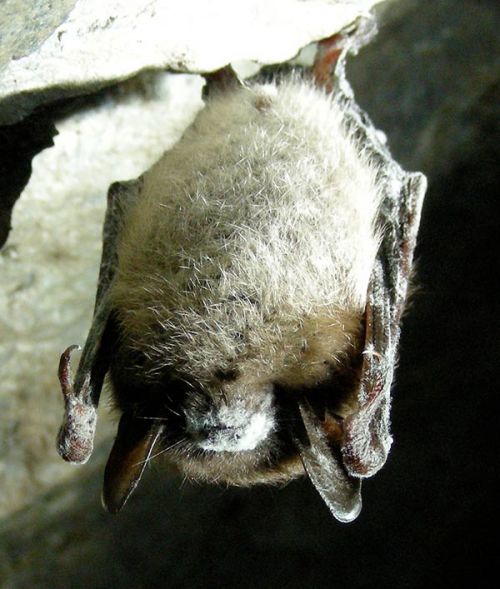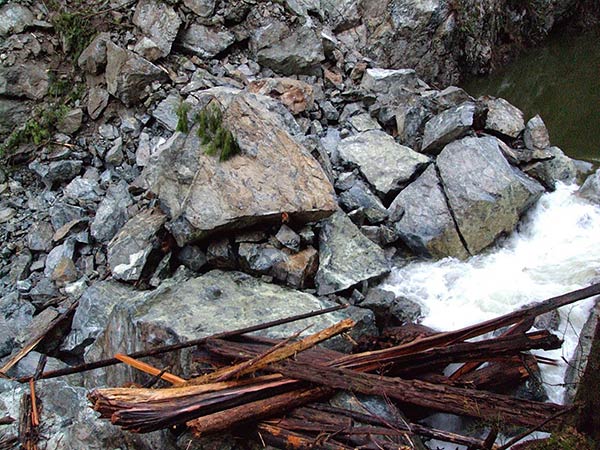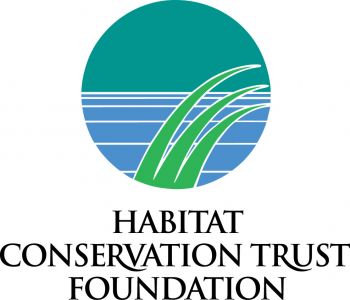
The Habitat Conservation Trust Foundation (HCTF) has announced a new funding program to help NGOs cover the costs of looking after BC’s conservation lands. The HCTF Land Stewardship Fund will provide approximately $125,000 a year for activities that improve habitat on conservation properties owned and managed by NGOs.
There are more than 100,000 hectares of NGO-owned conservation lands in British Columbia, encompassing a wide range of habitat types. The properties are found in every region of the province, but tend to be concentrated in biodiversity “hotspots”, such as the South Okanagan, Lower Mainland and Gulf Islands. In these areas, the purchase of private land has become an important – but expensive –tool for protecting key habitats from human development.
Laura Matthias, Land Manager and Biologist with the Salt Spring Island Conservancy, says the new granting program is a wonderful new initiative that will help fill a strong need for resources to maintain or rehabilitate lands that were purchased or donated for their conservation values. “It’s a big undertaking to raise the money required to purchase these properties, and we’re very grateful to the many individuals and organizations that help make it possible,” explains Matthias. “What is often forgotten is that the need for funding doesn’t stop with the signing of the land transfer agreement: the lands typically require ongoing management- such as invasive plant removal or habitat restoration- to maintain or enhance their values for wildlife over time.”
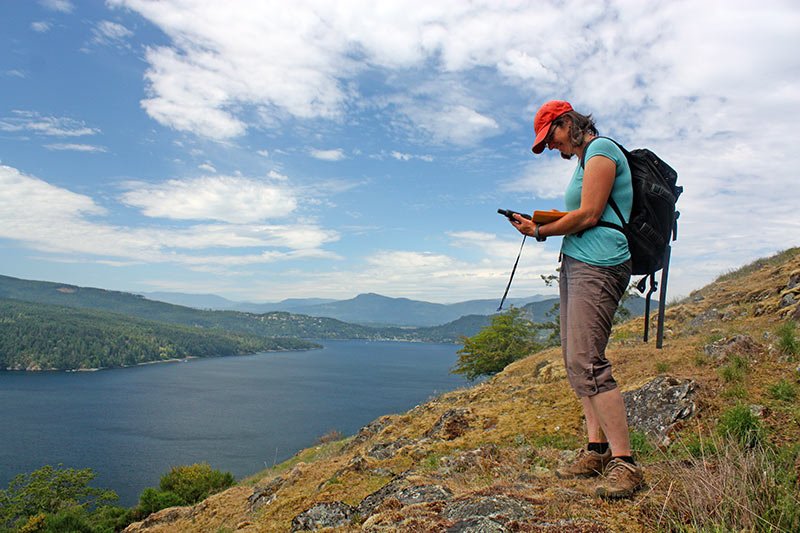
The Land Stewardship program was made possible by an endowment provided by the Province of British Columbia. Steve Thomson, Minister of Forests, Lands and Natural Resource Operations, says the Province created the endowment in recognition of the importance of land management activities in ensuring the ecological values of these lands are preserved. “While 95% of the province is Crown land, there are key areas of private land that preserve important conservation values. The intent of the fund is to ensure those areas can be adequately maintained.”
HCTF Chair Ross Peck says he applauds the Province’s decision to create the endowment and partner with HCTF on this program. “This endowment will provide a permanent, stable source of funding for the stewardship of these conservation properties,” says Peck. “Land trusts in this province have done an incredible job of ensuring some of our most special places are protected forever. It’s great that we can support their efforts to ensure these habitats remain healthy, now and in future.”
Organizations interested in applying for a Land Stewardship Grant can visit www.hctf.ca/apply-for-funding/land-stewardship-grants for information on how to apply.
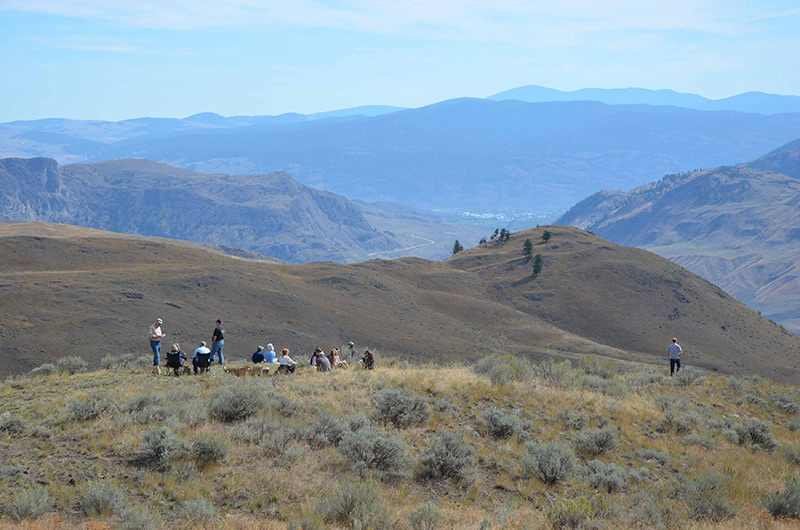



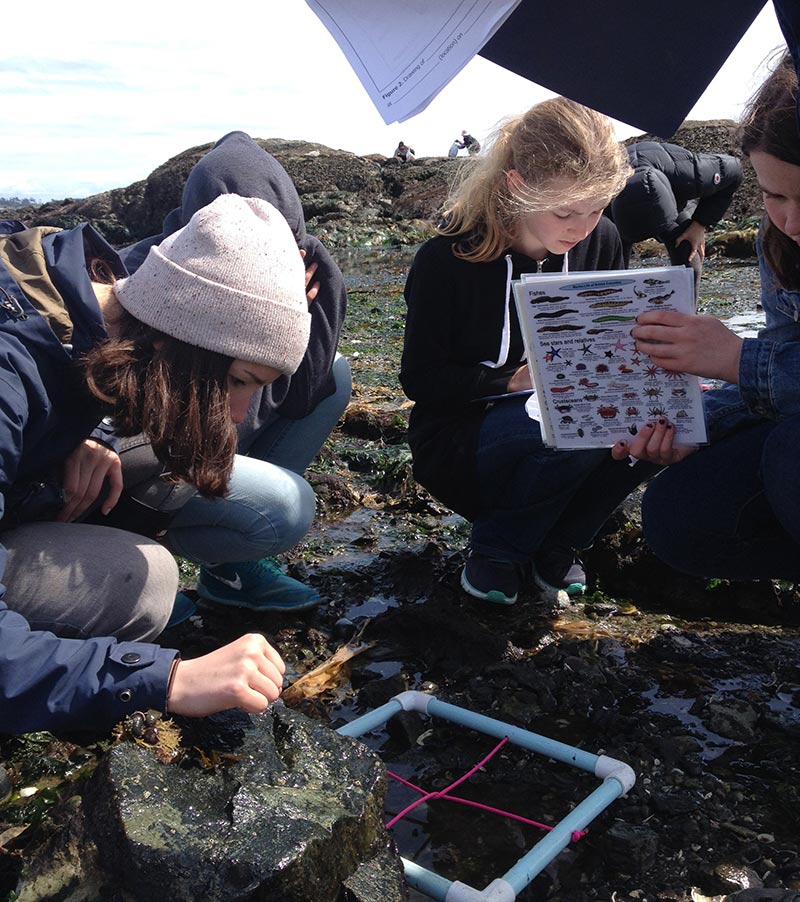
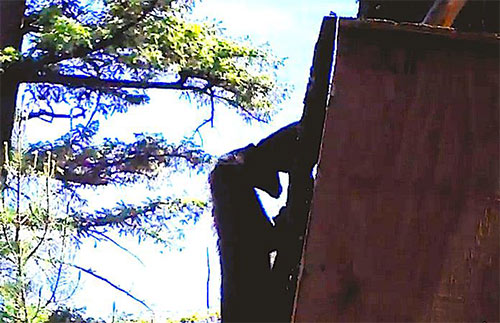
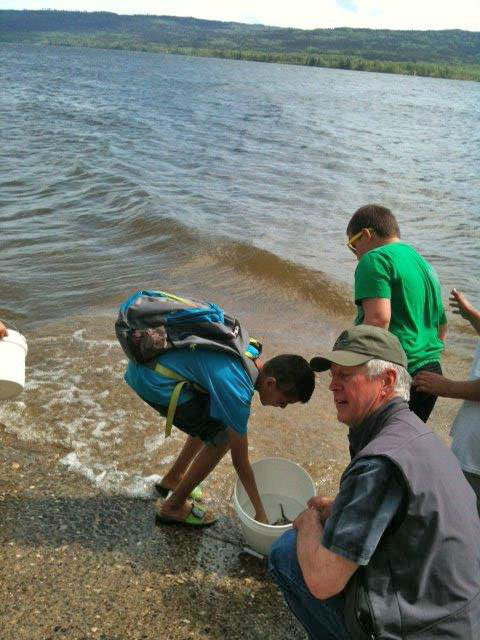

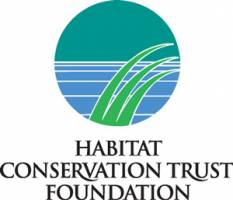 HCTF is pleased to announce that 119 BC conservation projects will receive HCTF Enhancement & Restoration grants in 2016-17. In aggregate, these grants represent close to a $6 Million investment in British Columbia’s fish, wildlife and habitats.
HCTF is pleased to announce that 119 BC conservation projects will receive HCTF Enhancement & Restoration grants in 2016-17. In aggregate, these grants represent close to a $6 Million investment in British Columbia’s fish, wildlife and habitats.